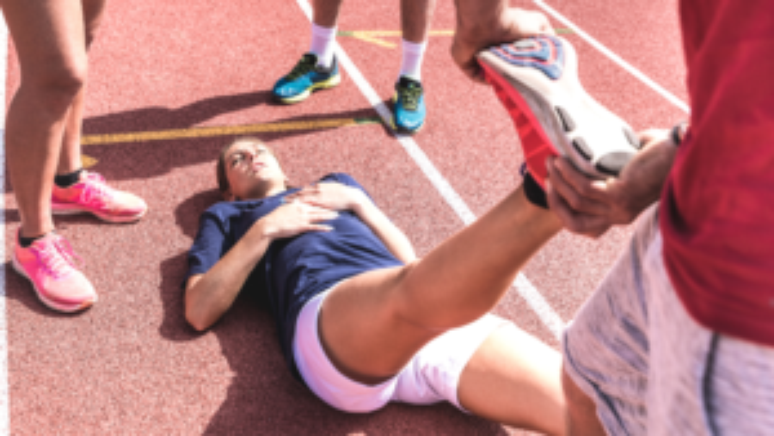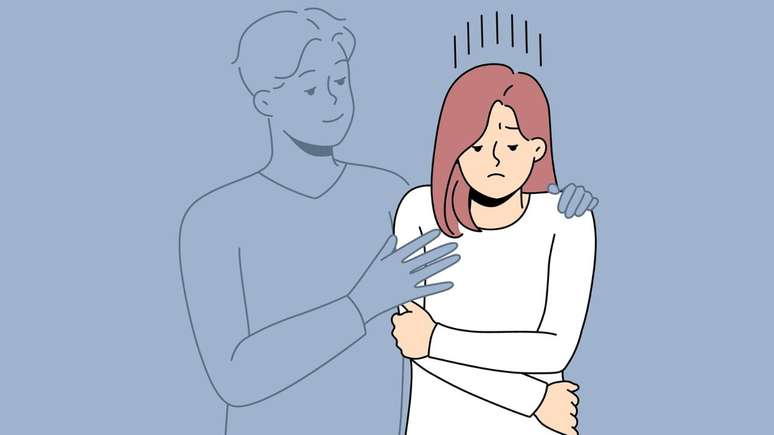The term overuse injury may not seem familiar, but its causes and symptoms are more common than you might think. Read on and understand more about the topic.
The human body naturally needs to move, whether through more intense physical activity or simply carrying out daily activities, preventing one’s body from remaining completely still for a long time.
Despite this, it is necessary to have optimal control over the quantity and intensity of movements performed during activities so that serious damage does not develop in some parts of the body that affects the quality of life, as in the case of injuries from use excessive.
What are overuse injuries?
Overuse injuries, also known as overuse injuries, occur when certain parts of the body are subjected to repetitive stress without adequate time for recovery.
These injuries develop gradually over time and can affect muscles, tendons, bones and joints. If not treated properly, overuse injuries can cause chronic damage and significantly impact your quality of life.
Some examples of popularly known overuse injuries are “tennis epicondylitis”, “swimmer’s shoulder”, and “jumper’s knee”.
Contrary to what many people think, overuse injuries are not necessarily sports-related. Although they are more common in athletes, anyone can develop an injury of this type if they do not take proper care.
How do overuse injuries develop?
During exercise or sport, the body naturally wears out muscles, tendons, bones and joints, and over time, the body’s natural recovery causes these parts to regenerate.
This is why, when you do weight training, your body may hurt for a few days after training, but it develops and you are able to work the muscle groups again.
However, performing repetitive efforts for a long period or with a higher than normal load can lead to the development of overuse injuries. Its main causes are:
©View Apart via Canva.com
Incorrect posture
Spending a lot of time sitting in chairs working or studying with poor posture can develop overuse injuries to the spine, and the condition, if left untreated, can turn into an even more serious situation of poor posture.
Incorrect posture must also be analyzed during exercises, since the incorrect position during an impact causes greater than expected muscle injuries, which can lead to overuse injuries.
Use of inappropriate equipment
Training with equipment not designed for your body size can, in addition to affecting your results, create injuries to your body.
Additionally, for those who spend a lot of time in the office, very stiff keyboards, irregularly sized mice, improperly angled screens, and inflexible chairs are also major causes of overuse injuries.
Lack of rest
The body needs rest in order to recover from injuries caused by physical exercise, in the case of those who practice it. Its absence will only further damage the already compromised muscles, worsening the situation.
What are the main symptoms of overuse injuries?
There are certain symptoms that are major indicators that your body may be suffering from some type of injury. Are they:
- Persistent pain;
- Muscle fatigue;
- Local swelling and inflammation;
- Muscle and arterial stiffness;
- Edema (accumulation of fluid in the subcutaneous tissue).
Even if you have all the symptoms, the diagnosis can only be made by a qualified healthcare professional after a series of tests such as x-ray, MRI and tomography.
Can overuse injuries be prevented?
The good news is that overload injuries can be avoided with small precautions, both during work and during exercises and physical training, in order to maintain a healthy and well-developed body.
- Correct training planning: it is essential for athletes to follow a well-structured training plan that includes adequate rest periods and is professionally monitored;
- Ergonomic posture: In the workplace, adopting an ergonomic posture can prevent injuries. Investing in appropriate furniture and taking regular breaks is essential to avoid physical problems;
- Incorporate rest into your routine: Both athletes and professionals who perform repetitive activities should include periods of rest and recovery in their daily routine. Rest is also part of the program and will not affect your performance;
- Muscle strengthening: A targeted muscle strengthening program can help prevent injuries and improve endurance.
Are overuse injuries treatable?
If you have already been diagnosed with an overuse injury, know that there are different treatments and the choice made by your doctor will depend on the level of wear and tear on your body and the activity performed to cause the injury to appear.
The main recommendation is undoubtedly rest. In milder cases, it is possible that simply letting the muscles relax, combined with the use of prescribed anti-inflammatories, the body may be able to recover naturally, albeit more slowly than normal.
In case of slightly more developed injuries, physiotherapy sessions are strongly recommended by doctors so that the muscles are gently strengthened, in order to avoid future injuries.
In more severe cases of overuse injuries, there is still the possibility of reconstructive surgery. In this situation, recovery will be longer and will require a lot of care from patients.
Now that you know the main causes of overuse injuries, you can make changes to your training programs and work methods to prevent possible injuries from negatively affecting your health!
Source: Terra
Ben Stock is a lifestyle journalist and author at Gossipify. He writes about topics such as health, wellness, travel, food and home decor. He provides practical advice and inspiration to improve well-being, keeps readers up to date with latest lifestyle news and trends, known for his engaging writing style, in-depth analysis and unique perspectives.









